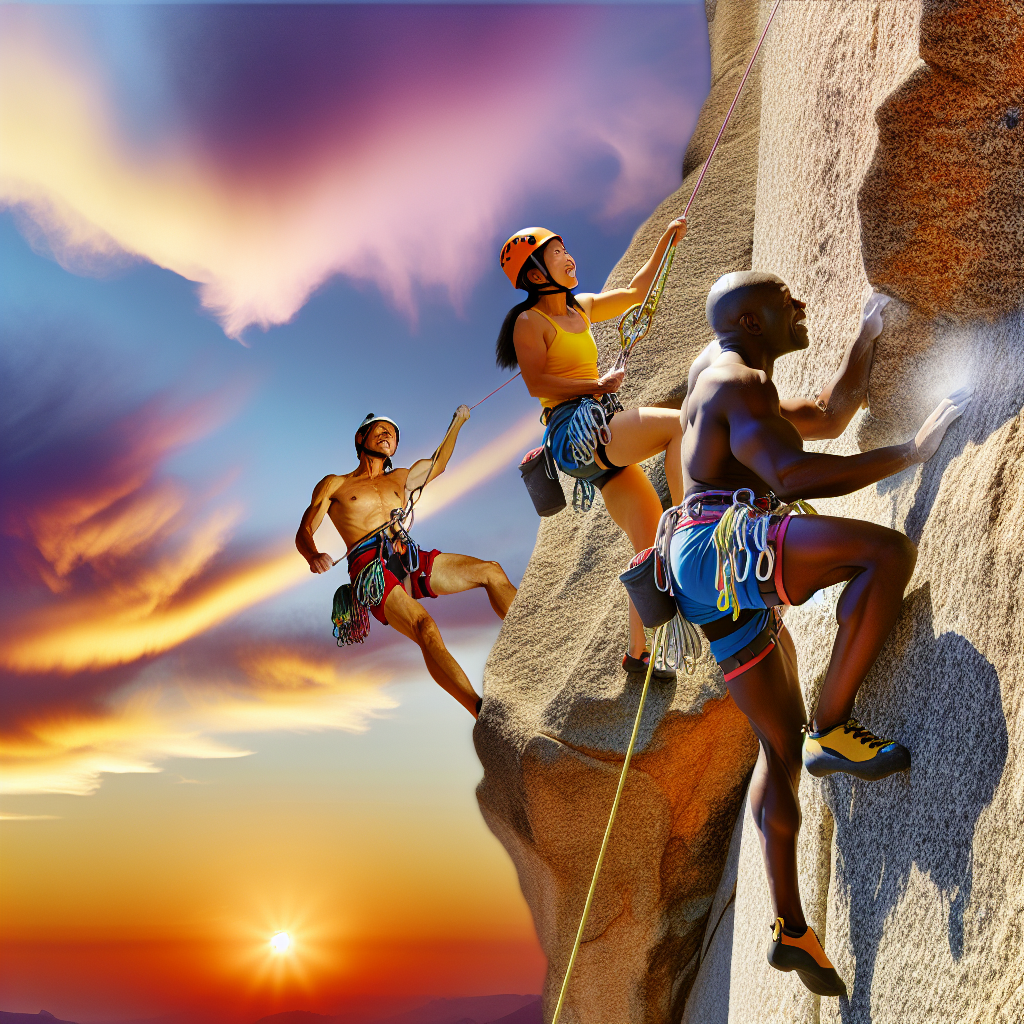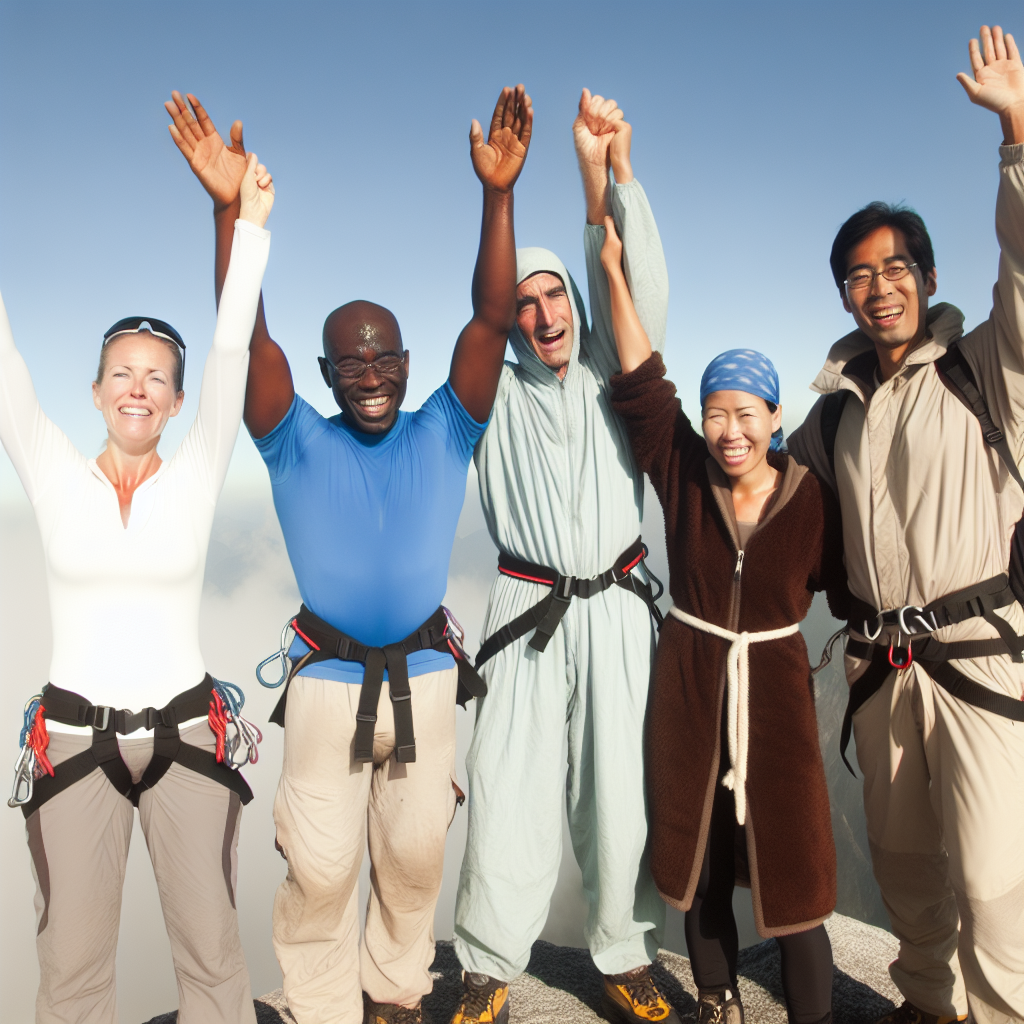Prioritizing Safety in Climbing
Belaying Basics
Belaying is one of the most crucial skills in climbing, as it ensures your partner's safety during ascents and descents. Understanding how to properly belay involves learning the mechanics of the belay device and practicing smooth, controlled rope handling. It's essential to maintain constant tension on the rope while your partner climbs, ensuring they are secure at all times. Before climbing, always double-check your partner's harness and knot. Communication is key—develop a clear system of commands to signal when you're ready to climb or lower. Regular practice will enhance your belaying skills and build trust between climbing partners, creating a safe climbing environment.

Knot Tying Techniques
Mastering knot tying is essential for every climber. The figure-eight knot is the standard knot used to tie in to your harness, and it’s crucial to learn how to tie it correctly and efficiently. Practice tying this knot until it becomes second nature. Incorrectly tied knots can lead to dangerous situations, so always double-check your knots before climbing. In addition to the figure-eight knot, familiarize yourself with other essential knots, such as the clove hitch and bowline. Each knot serves a different purpose and can be vital in specific climbing situations. Understanding when and how to use these knots enhances your safety and effectiveness as a climber.

Risk Management
Understanding and managing risks is an integral part of climbing. Before each climb, assess the route, conditions, and your own abilities. Make informed decisions based on the risks involved, and know when to turn back. This includes recognizing signs of fatigue, changing weather conditions, or unfamiliar terrain. Additionally, always climb with a partner and establish clear communication about safety procedures. Having a plan for emergencies, including knowledge of first aid and rescue techniques, is essential. By prioritizing risk management, you’ll enhance your climbing experience and ensure a safer environment for yourself and your climbing partners.
